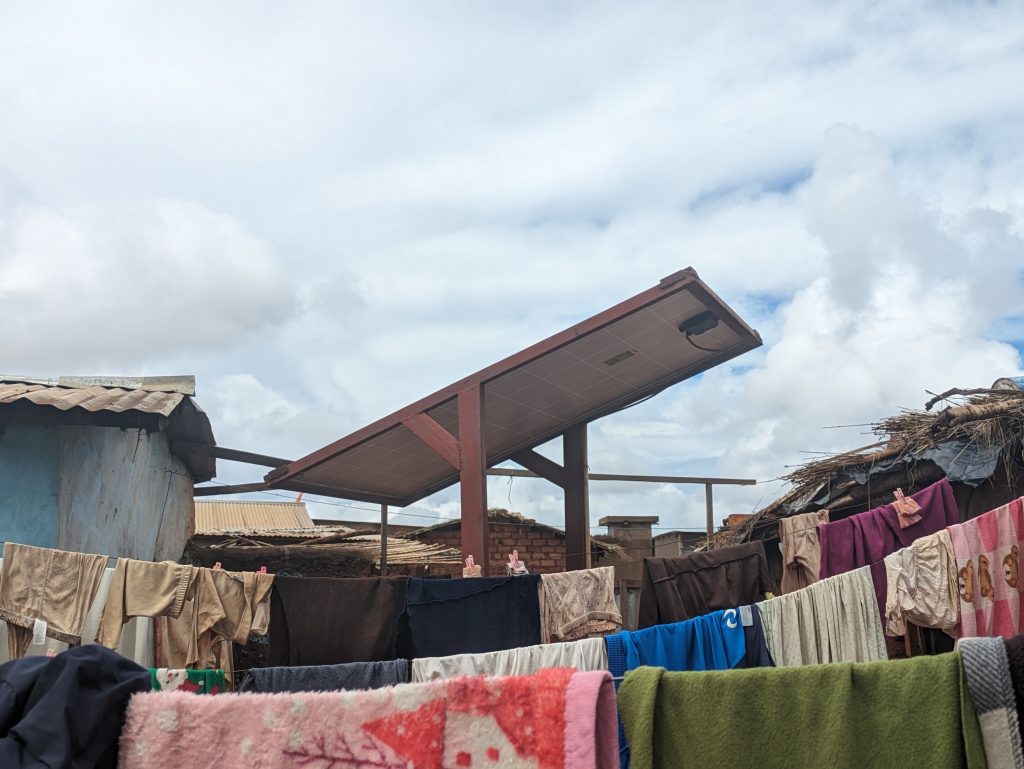
By Dr Aine Petrulaityte and Alicia Butterfield, MECS Programme
When we engage with partners, we often end up navigating a landscape marked by scepticism regarding electric cooking (eCooking). During the discussions with colleagues who work in the African continent and are new to clean/electric cooking, we encounter a range of questions and concerns, many of which are based on personal experience, rather than a broader global view and evidence. The questions range from the practicality of electric cooking in various African regions to the perceived implementation challenges. MECS takes a multi-fuel approach to our clean cooking research but in various contexts and cuisines, the evidence demonstrates the efficiency and efficacy of eCooking. It’s not an easy path to walk but we view this scepticism as an opportunity for a dialogue. This is part one of a two-part blog series in which we attempt to answer some of the latest questions we received and dispel some of the myths and assumptions that persist around eCooking in Africa.
“Isn’t electric cooking only for high-income households? I mean, in my country 80% of people live in rural areas, and I don’t think that targeting them would make a big impact.“
Households with higher incomes are more likely to switch to electric cooking due to the accessible supply of units and because they are more likely to have purchasing power from disposable income. Certainly, they are low-hanging fruits in eCooking projects. However, for rural users who are already paying for their cooking fuel, such as charcoal, LPG, purchased wood, or kerosene, electricity can be cheaper (e.g., cooking a slow meal like beans or stew in an energy-efficient appliance like an electric pressure cooker costs about one-fifth of the alternative fuels). Mini-grids and Solar Home Systems (SHS) combined with efficient cooking appliances make eCooking increasingly possible in off-grid rural areas.
“Electric cooking in off-grid areas? Can solar eCooking actually work? I’ve heard that Solar Home Systems can’t handle cooking and that cooking appliances can overwhelm mini-grids, right?“
Solar eCooking is a viable option for both SHS and mini-grids – Kachione LLC is already successfully delivering SHS inclusive of cooking for $300 each to rural off-grid villages in Malawi. While $300 is still a lot for most farmers in low- and-middle income countries, with microfinance and the cost spread over several years this is viable. Efficient appliances like electric pressure cookers consume far less power than traditional electric stoves like hot plates, making them suitable for SHS setups. DC electric pressure cookers (like the one used by Kachione LLC) are also becoming more common. Cooking is energy-intensive and should not be added to a mini-grid with small batteries designed for low-power devices (lights, phone charges, TV). However, if a mini-grid is designed for cooking from the beginning, then cooking with solar is both reliable and cost-effective.

“Why is everyone so focused on electric pressure cookers? Are there other electric appliances that could work in the African households?“
Electric pressure cookers (EPCs) are popular because they are extremely energy-efficient, cook food quickly and are compatible with many local cuisines – e.g., 90% of Kenyan meals can be cooked on an EPC, since they can also be used for boiling, shallow frying, sautéing and baking. EPCs have automated features, like timers and are insulated for keeping food warm. However, it cannot cover complete household cooking needs, since deep frying and flat frying (e.g., of chapatis) are not possible in an EPC. There are plenty of other electric appliances that can work well for users in Africa such as induction cooktops, rice cookers and other multi-cookers, kettles, air fryers, electric grills, and even an ugali maker available in the Kenyan market. The key is to match the appliance to the cooking practices of each region, making the transition easier from the user behaviour point of view.
“How can I even start thinking about electric cooking in my country when people in urban areas only have electricity for two hours a day?“
You live in an area with uncommonly unstable electricity access. Even in countries like Sierra Leone, where the electricity access rate is one of the lowest in the world, grid electricity is unavailable for up to 10 hours per day, meaning it is available for 14 hours a day! Africa has made tremendous strides in expanding reliable electricity access, with countries like Rwanda leading the way. Besides, electric cooking doesn’t have to rely solely on grid power. Solar electric cooking combined with battery storage makes off-grid electric cooking a viable solution in areas where grid electricity is limited, weak, or absent. Timer-enabled electric pressure cookers and multi-cookers make it possible, with some time planning, to prepare meals during limited hours of electricity and even without the presence of a cook.
“How does an electric cooking tariff work? I can’t picture how we’d monitor cooking power use separately from other household electricity consumption.“
Overall, electric cooking tariffs are designed to make cooking more affordable by offering lower rates for electricity used specifically for cooking appliances. This can be done by using smart meters that track power consumption from specific cooking devices or IoT-enabled appliances with built-in monitoring capabilities. There are many ways to design cooking tariffs: they can be based on the time of day or set for a period of time, or they can include a different price for electricity units or fixed daily electricity cost. In 2021 cooking tariff was introduced in Uganda, allowing consumers to pay a fixed price for each unit of electricity in a defined threshold. Now, other countries are actively exploring the optimal eCooking tariff given the energy usage for cooking.
Stay tuned for part two of the “Straight talk on electric cooking: answers for Africa” blog series.
***************************************************************************************************************
Featured Image: Women’s group using a solar Electric Pressure Cooker in rural Malawi. Photo by Kachione LLC.